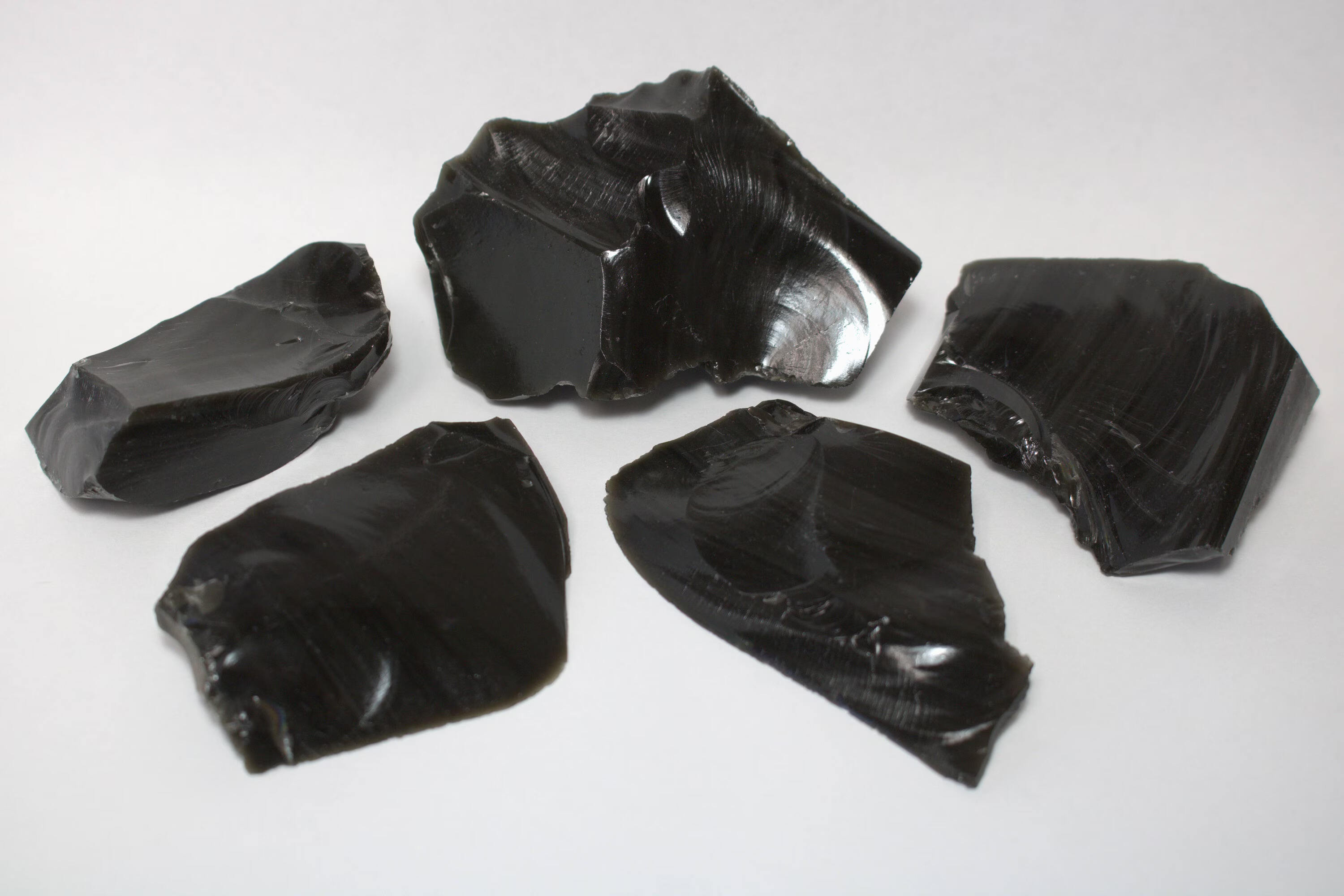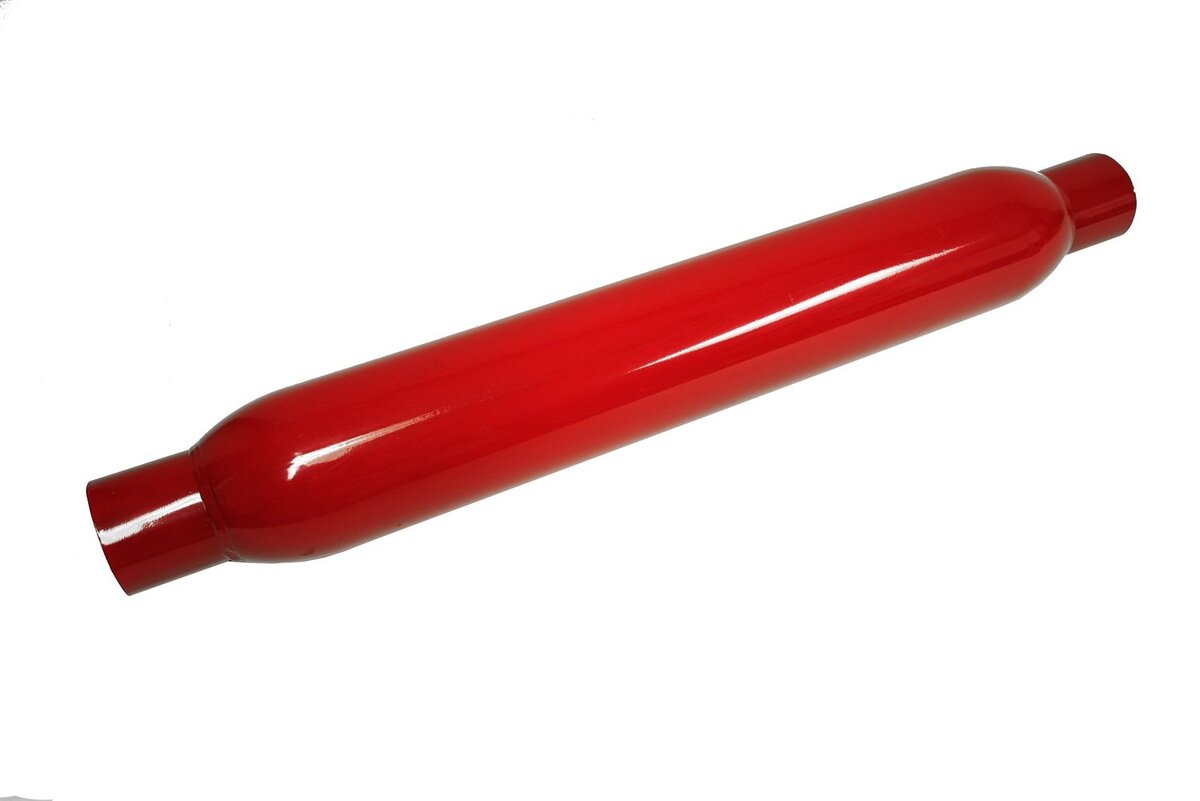Home>Furniture & Design>Interior Design Trends>What Is Volcanic Glass


Interior Design Trends
What Is Volcanic Glass
Published: February 5, 2024
Discover the latest interior design trends with volcanic glass, a unique and versatile material that adds a touch of modern elegance to any space. Explore the beauty and functionality of volcanic glass in contemporary design.
(Many of the links in this article redirect to a specific reviewed product. Your purchase of these products through affiliate links helps to generate commission for Storables.com, at no extra cost. Learn more)
Introduction
Volcanic glass, also known as obsidian, is a captivating natural material that has intrigued humans for centuries. Formed from the rapid cooling of lava, volcanic glass possesses unique properties that make it a valuable resource in various fields. Its rich history, diverse types, and versatile uses make it a fascinating subject to explore. In this article, we will delve into the formation, types, properties, and uses of volcanic glass, shedding light on its significance in both ancient and modern contexts. Let's embark on a journey to uncover the enigmatic allure of volcanic glass and its enduring impact on human civilization.
Key Takeaways:
- Volcanic glass, or obsidian, is a captivating material formed from rapidly cooled lava. Its diverse types, properties, and uses have fascinated humans for centuries, showcasing nature’s creativity and enduring impact on civilization.
- Volcanic glass possesses exceptional properties, including hardness, sharpness, and resistance to weathering, making it valuable for toolmaking, art, spirituality, and scientific research. Its timeless allure continues to inspire and enrich human creativity.
Read more: What Is Pyrex Glass
Formation of Volcanic Glass
Volcanic glass, or obsidian, is formed through a fascinating natural process that begins with the eruption of a volcano. When molten lava is expelled from the Earth's core during an eruption, it flows onto the surface at incredibly high temperatures. As the lava cools rapidly upon exposure to the air or water, it solidifies into a glassy substance known as obsidian. This rapid cooling prevents the crystalline structure from forming, resulting in the smooth, non-crystalline texture characteristic of volcanic glass.
The chemical composition of the lava plays a crucial role in determining the color and properties of the resulting volcanic glass. For instance, obsidian can exhibit a range of colors, including black, brown, red, and even translucent varieties. These variations in color are attributed to the presence of different minerals and elements within the molten lava.
The cooling process of volcanic glass is essential in shaping its unique physical characteristics. Unlike minerals that form through gradual crystallization, obsidian lacks a crystalline structure, giving it a conchoidal fracture pattern and sharp edges. This distinctive feature has made obsidian historically significant as a material for crafting tools and weapons by ancient civilizations.
The formation of volcanic glass is a testament to the raw power and creative force of nature. The rapid cooling of molten lava during volcanic eruptions gives rise to this extraordinary material, which continues to captivate and inspire individuals across diverse disciplines, from geology and archaeology to art and design.
Types of Volcanic Glass
Volcanic glass, or obsidian, encompasses a diverse array of types, each distinguished by unique characteristics and origins. The classification of volcanic glass is primarily based on its color, texture, and mineral composition, offering a rich tapestry of variations that have fascinated geologists, archaeologists, and enthusiasts alike. Here are some notable types of volcanic glass:
-
Black Obsidian: This is the most common type of volcanic glass, renowned for its deep black color and glossy sheen. It is formed from lava with high levels of iron and magnesium, resulting in its distinctive hue. Black obsidian has been prized for its use in ancient tools, weapons, and ornamental objects due to its sharp edges and striking appearance.
-
Rainbow Obsidian: As the name suggests, this type of volcanic glass exhibits a mesmerizing array of iridescent colors when viewed under light. The captivating rainbow-like sheen is caused by internal layering or inclusions of microscopic crystals within the obsidian. This phenomenon creates a stunning visual effect, making rainbow obsidian a sought-after material for jewelry and decorative items.
-
Mahogany Obsidian: Characterized by its rich brown hue, mahogany obsidian derives its color from iron oxide impurities present in the lava during its formation. This type of volcanic glass often features subtle banding or swirling patterns, adding to its visual appeal. Mahogany obsidian is frequently used in artisanal crafts, such as carvings and sculptures, due to its warm and earthy tones.
-
Snowflake Obsidian: This type of volcanic glass is distinguished by the presence of white, snowflake-like patterns scattered across its dark background. These patterns are caused by the presence of cristobalite, a mineral that crystallizes within the obsidian as it cools. Snowflake obsidian is treasured for its striking contrast and is commonly utilized in jewelry and spiritual talismans.
-
Gold Sheen Obsidian: Featuring a lustrous golden sheen that shimmers under light, this type of volcanic glass exudes an aura of elegance and mystique. The golden sheen is attributed to the presence of microscopic gas bubbles or mineral inclusions within the obsidian, creating a captivating metallic luster. Gold sheen obsidian is often fashioned into exquisite gemstones and statement pieces in the realm of jewelry and lapidary arts.
The diverse spectrum of volcanic glass types showcases the remarkable range of colors, patterns, and optical effects that have captivated human imagination for millennia. From the timeless allure of black obsidian to the enchanting iridescence of rainbow obsidian, each type of volcanic glass offers a unique glimpse into the awe-inspiring forces of nature and the enduring appeal of this extraordinary material.
Properties of Volcanic Glass
Volcanic glass, or obsidian, possesses a remarkable set of properties that distinguish it from other natural materials. These properties contribute to its widespread use in various applications and its enduring allure in the realms of art, jewelry, and scientific research.
1. Hardness and Sharpness
One of the most notable properties of volcanic glass is its exceptional hardness. With a rating of 5 to 5.5 on the Mohs scale, obsidian is comparable to quartz in terms of hardness. This inherent hardness, combined with its conchoidal fracture pattern, gives obsidian an unparalleled sharpness when fractured. Ancient civilizations recognized and harnessed this property, using obsidian to craft razor-sharp tools, arrowheads, and cutting implements.
Read more: What Is A Cordial Glass
2. Translucency and Color Variations
Volcanic glass exhibits a range of translucency, from opaque to semi-translucent, depending on its mineral composition and the presence of microscopic crystals. This property contributes to the diverse color variations observed in different types of obsidian. From the deep black of black obsidian to the iridescent hues of rainbow obsidian, the translucency of volcanic glass lends itself to a captivating interplay of light and color.
3. Glassy Luster and Texture
The glassy luster of volcanic glass, coupled with its smooth and uniform texture, imparts a sense of elegance and sophistication to objects crafted from obsidian. This unique combination of visual and tactile qualities has made obsidian a favored material for creating ornamental items, sculptures, and ritual artifacts throughout history.
4. Fracture Patterns
The conchoidal fracture pattern exhibited by volcanic glass is a defining characteristic that sets it apart from crystalline minerals. When fractured, obsidian produces sharp, curved edges with a distinctively smooth surface. This property has practical implications in toolmaking and has also contributed to the aesthetic appeal of obsidian artifacts.
5. Resistance to Weathering
Despite its glassy composition, volcanic glass demonstrates remarkable resistance to weathering and chemical corrosion. This durability has preserved obsidian artifacts and geological formations for thousands of years, providing valuable insights into ancient cultures and geological processes.
Read more: What Is Float Glass
6. Thermal Properties
Obsidian possesses unique thermal properties, including high resistance to heat and low thermal conductivity. These characteristics have led to its use in the production of surgical scalpels and blades, where a sharp edge and resistance to thermal shock are essential.
The exceptional properties of volcanic glass underscore its enduring significance as a material of both practical and aesthetic value. From its historical role in toolmaking to its contemporary applications in art and technology, obsidian continues to captivate and inspire with its extraordinary properties.
Uses of Volcanic Glass
Volcanic glass, or obsidian, has been utilized for a myriad of purposes throughout human history, owing to its exceptional properties and striking visual appeal. From ancient tools and ceremonial objects to modern artistic creations and scientific instruments, the uses of volcanic glass span diverse domains, reflecting its enduring significance and versatility.
1. Toolmaking and Weaponry
Obsidian's exceptional hardness and sharpness have made it an invaluable material for crafting tools and weapons since ancient times. The razor-sharp edges produced by its conchoidal fracture pattern allowed early human societies to fashion cutting implements, arrowheads, and spear points with unparalleled precision. The use of obsidian in toolmaking persisted across various cultures, from the ancient civilizations of Mesoamerica to the indigenous peoples of the Pacific Northwest, highlighting its enduring legacy as a vital resource for survival and innovation.
2. Art and Ornamentation
The captivating beauty of volcanic glass has inspired artisans and craftsmen to create exquisite works of art and ornamental objects. From intricately carved sculptures to intricately crafted jewelry, obsidian's glassy luster and diverse color variations have lent themselves to a wide range of artistic expressions. Its use in decorative items, such as beads, pendants, and amulets, reflects the cultural and spiritual significance attributed to volcanic glass by indigenous communities worldwide.
Read more: What Is Glass Fusing
3. Spiritual and Ritual Objects
Obsidian holds symbolic and spiritual significance in many cultures, often being used to create ritual objects and ceremonial artifacts. Its association with protection, purification, and spiritual insight has led to its incorporation into religious practices and shamanic rituals. In ancient Mesoamerica, obsidian mirrors were revered as sacred objects, while in contemporary contexts, volcanic glass continues to be utilized in the creation of ritual tools and talismans, embodying a timeless connection to the spiritual realm.
4. Scientific Research and Technology
In the realm of scientific research and technology, volcanic glass has found diverse applications due to its unique properties. Archaeologists and geologists utilize obsidian artifacts and geological formations to glean insights into ancient trade networks, human migration patterns, and volcanic activity. Furthermore, obsidian's resistance to weathering and its ability to hold a sharp edge have led to its use in surgical scalpels, high-precision blades, and cutting instruments in modern medical and industrial settings.
5. Artistic Innovations
Contemporary artists and designers continue to explore the creative potential of volcanic glass, integrating it into innovative artworks, sculptures, and architectural elements. The sleek, modern aesthetic of obsidian, coupled with its rich cultural heritage, has inspired the incorporation of volcanic glass into contemporary art installations, interior design features, and bespoke jewelry pieces, showcasing its enduring allure and adaptability in the realm of artistic expression.
The multifaceted uses of volcanic glass underscore its enduring relevance and appeal across diverse spheres, from ancient traditions to modern innovations. Its remarkable properties and rich cultural significance continue to inspire and captivate, shaping its role as a timeless and cherished material in human history and creative endeavors.
Conclusion
In conclusion, the enigmatic allure of volcanic glass, or obsidian, transcends time and cultural boundaries, captivating the imagination of humanity across millennia. From its formation through the raw power of volcanic eruptions to its diverse types, exceptional properties, and multifaceted uses, volcanic glass embodies a profound connection to the natural world and the ingenuity of human creativity.
The formation of volcanic glass stands as a testament to the transformative forces of nature, where molten lava, unleashed from the depths of the Earth, undergoes rapid cooling to give rise to a material of unparalleled beauty and utility. This process not only shapes the physical characteristics of obsidian but also reflects the intricate interplay of geological elements that imbue each type of volcanic glass with its unique color, texture, and visual allure.
The diverse types of volcanic glass, from the timeless elegance of black obsidian to the iridescent splendor of rainbow obsidian, showcase the rich tapestry of colors and patterns that have fascinated civilizations throughout history. Each type of obsidian carries its own story, reflecting the geological conditions and mineral compositions that have shaped its distinct identity, making it a source of endless fascination for geologists, archaeologists, and enthusiasts alike.
The exceptional properties of volcanic glass, including its hardness, sharpness, translucency, and resistance to weathering, have endowed it with enduring significance in toolmaking, art, spirituality, and scientific research. Its multifaceted uses, spanning ancient tools and weaponry to contemporary artistic innovations and technological applications, underscore its timeless appeal and adaptability across diverse domains.
In essence, the enduring allure of volcanic glass lies not only in its physical properties and practical uses but also in the profound cultural and spiritual significance attributed to it by diverse societies. From ancient rituals and ceremonial objects to modern artistic expressions and scientific advancements, volcanic glass continues to inspire and captivate, serving as a tangible link to the natural world and the creative ingenuity of humanity.
As we reflect on the captivating journey through the formation, types, properties, and uses of volcanic glass, we are reminded of the enduring legacy of this extraordinary material, which continues to enrich our lives with its timeless beauty and profound cultural resonance.
Frequently Asked Questions about What Is Volcanic Glass
Was this page helpful?
At Storables.com, we guarantee accurate and reliable information. Our content, validated by Expert Board Contributors, is crafted following stringent Editorial Policies. We're committed to providing you with well-researched, expert-backed insights for all your informational needs.













0 thoughts on “What Is Volcanic Glass”